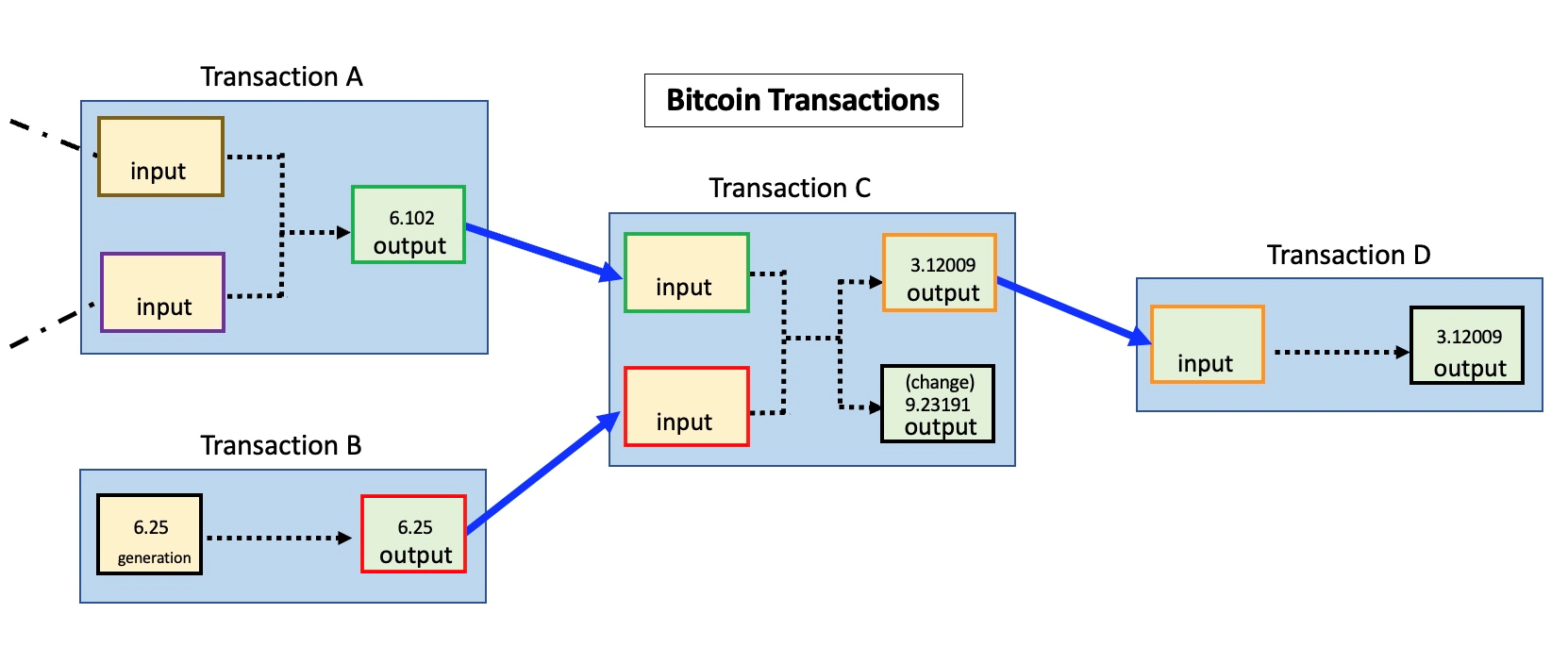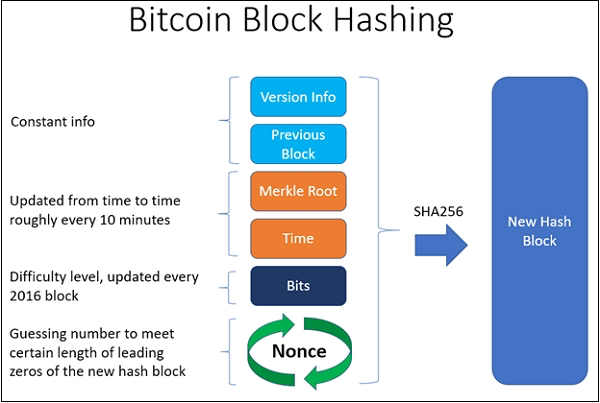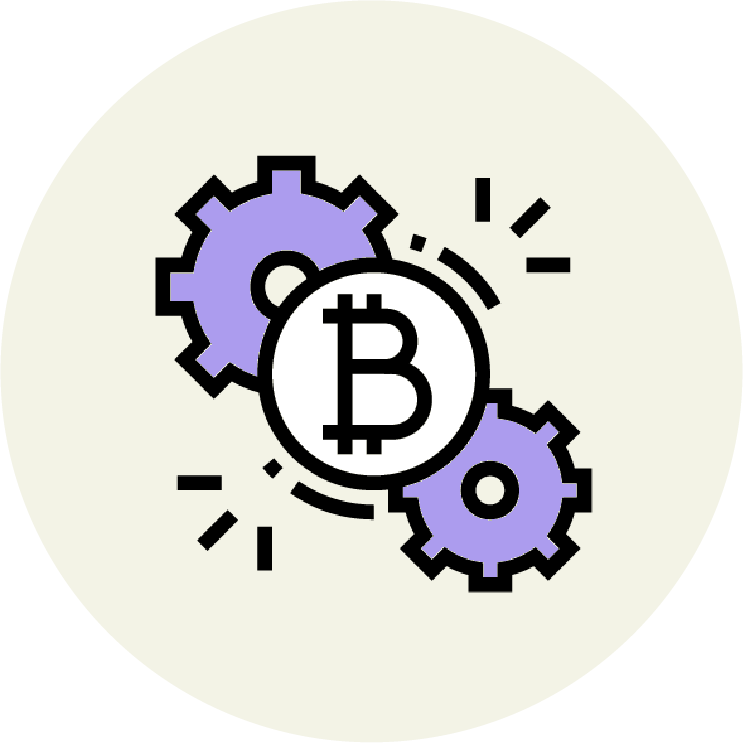Blockchain Nonce
In the context of blockchain, we can define nonce as a nonce is a randomly generated number that is added to a block of data before it is hashed. The purpose of the nonce is to make it difficult for someone to tamper with the data in the block and manipulate the blockchain.
Blockchain has been here since the 1970s. It wasn’t until Bitcoin’s debut that it caught the eyes of people globally. Since then, blockchain has been used beyond cryptocurrencies in industries like finance, healthcare, supply chain, banking, and more.
To keep a blockchain like Bitcoin secure, “Nonce” plays an integral role.
In this article, we are going to take a deep dive into cryptographic nonce on how it operates, is used, is generated, and what it does.
Table of contents
What is a Nonce in Blockchain?
In the context of blockchain, we can define nonce as a nonce is a randomly generated number that is added to a block of data before it is hashed. The purpose of the nonce is to make it difficult for someone to tamper with the data in the block and manipulate the blockchain.
Think of nonce meaning in crypto like a secret code that only the person who creates the block knows. When the block is added to the blockchain, the other participants on the network check the hash of the block to ensure that it matches the expected value based on the nonce. If the hash doesn’t match, the block is rejected, and the network knows that someone has tampered with the data.
Overall, the use of nonces in the blockchain is an important security measure that helps to ensure the integrity of the data and the trustworthiness of the network.
Race to Find the Golden Nonce
Cryptocurrencies, like Bitcoin, rely on a global network of computers to power transactions.
The goal is to find the golden nonce.
This specific nonce that satisfies the mining requirement of the next block is called the “Golden Nonce.” The term has likely been derived from “the golden ticket” that illustrates a lottery win.
To run this network in a trustless manner, a process called “mining” is performed. Here, Bitcoin node operators use powerful computers to solve complex mathematical puzzles that help them to verify all transactions and add the block to keep a record on the distributed ledger.
“But the process takes up a lot of resources. So, why would anyone still mine crypto?”
Bitcoin has a built-in system to adjust the difficulty of finding the nonce based on the hash rate. When the hash rate is low, it is easier to find the golden nonce. As the hash rate rises, so does the difficulty of finding the golden nonce.
Thus, even if node operators choose to leave the network, the lower hash rate will incentivize them to join again.
Why is Nonce Important in Blockchain?
Nonce plays a crucial role in blockchain as no transaction can be completed without it, and it also helps the network keep secure from potential attacks. If a miner is able to find the correct nonce and produce a hash that satisfies all the conditions, then the new block is added to the network.
To find the right nonce value, Bitcoin uses a Proof of Work consensus mechanism where all the miners compete using mining rigs like Application-Specific Integrated Circuits (ASIC) to perform ultiple heavy-duty computation tasks simultaneously.
Nonce helps to keep the Bitcoin network secure and avoid malicious attacks from potential hackers. The more difficult nonce value is the secure network it is considered.
Nonce value can be used only once, so once the miner signs the digital signature, it becomes invalid. This ensures that all of the transactions are unique and prevents any double-spending on the network.
How Does Nonce Work in Blockchain?

Bitcoin transactions flow. (image source)
In Bitcoin transaction blocks, a nonce is a part of the block header. Think block as a box where all the information about the transaction is stored and used by miners to calculate the target value. The block header contains information like timestamps, previous hash, current difficulty target, block version, and Merkle root hash.
Nonce is a number that miners add to the input of the hash function in order to generate a new hash. The hash function is deterministic, meaning that the output will always be the same for a given input. Miners keep on changing the nonce value using their computational power until they find the right value which matches the hash, and it takes millions of trials until the right nonce is found and then quickly verified by all the nodes present in the network.
When all the nodes agree and verify the block, it is then gets added as a new block, and the first miner to find the correct nonce value is rewarded with some Bitcoin (as of March 2023, it is 6.25 until the next Bitcoin Halving in 2024), and all the nodes work on next transactions from the pool.

Nonce is a guessing number to meet certain length of leading zeros of the new hash block
How is nonce found in the bitcoin blockchain?

Only the correct nonce (golden nonce) will meet the target hash requirements. (image source)
Finding nonce is an essential process to add blocks to the blockchain network. In this example, we will see how nonce is calculated in Bitcoin using proof of work.
- The transactions are collected from the pool by the miners, and they build a complete block which is basically 1MB (The block cannot exceed the limit of 4MB).
- The block header contains information like timestamps, previous hash, Merkle root, and nonce.
- Since hashes cannot be reverse-engineered to get the decrypted message, miners have no other option but to use a trial-and-error method to find the nonce.
- In the above image, we can see how a miner needs to find the correct nonce such that the block hash is equal to the target hash value based on the difficulty level of the Bitcoin protocol. A hash contains a leading number of zeroes, and if the nonce is rejected, then it is increased by one; thus, the process loops until the right value is found.
- Once the miner finds the winning number, every other node is ready to verify the block, and it is then checked in the network. If all nodes agree, then the miner is rewarded in BTC.
Conclusion
Nonce plays a crucial role in securing a Proof of Work network. Using hash functions and random or pseudo-random numbers, nonce helps prevent double-spending attacks and ensures that miners can create new blocks that are valid and accepted by the network.
Critics comment on PoW’s contribution to the race of finding the golden nonce renders a lot of resources useless. At the same time, its security is undeniable.
FAQ
What is nonce in blockchain transaction?
A nonce (portmanteau of “number only used once”) is a random number added to a block in a blockchain to create a unique hash value. This unique value is used by miners to solve complex mathematical equations and validate transactions, ensuring the integrity and security of the blockchain.
What is the purpose of nonce in blockchain?
In blockchain, a nonce is a randomly generated number that is included in the block’s header. The purpose of the nonce is to add randomness to the block’s hash, making it difficult for miners to find a valid hash value that meets the network’s difficulty requirements. Nonce is used in the mining process to solve complex mathematical problems and validate transactions, ensuring the security and immutability of the blockchain.
How long is a nonce valid?
The validity of a nonce in a blockchain transaction is determined by the current difficulty level of the network. Miners must generate a hash value that meets the current difficulty requirements, which can change with every block. Once a block is mined, the nonce used in that block becomes invalid, and a new nonce must be generated for the next block.
Is nonce the same as hash?
No, nonce is not the same as hash. A nonce is a randomly generated number that is added to a block in a blockchain to create a unique hash value. Hash, on the other hand, is a mathematical function that converts data of arbitrary size into a fixed-size output. Nonce is used to create a unique hash, but they are not the same thing.
Disclaimer: Don’t invest unless you’re prepared to lose all the money you invest. This is a high‑risk investment and you should not expect to be protected if something goes wrong. Take 2 mins to learn more at: https://go.payb.is/FCA-Info


